Business
The TopRanked.io Weekly Digest: What’s Hot in Affiliate Marketing [Slotland Affiliates Program]
What do a Midjourney lawsuit, a bunch of NSFW words, a casino, and a French anatomy book have in common? This week’s affiliate program, of course! Slotland Affiliates. And as for what they don’t have in common, that’s easy. Slotland is the only one who’ll pay you up to 50% rev share commissions. We’ve also got some news on the next big thing in social media, plus a neat life hack to close.
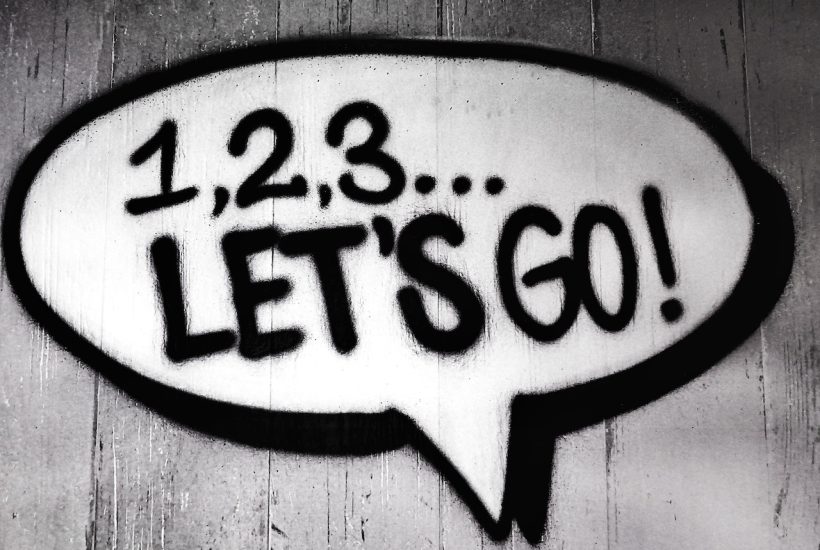
This week, I was reading about a bunch of British artists that want band together to sue Midjourney in a class action lawsuit.

What’s most interesting here is the leaked list of artists and styles that came out of Midjourney that prompted the whole thing.
Not because of the names.
What caught my attention was the mysteriously named “Sheet11”, which is presumably a list of banned words.

Now, some are too hot to print here. But some could be totally innocent. Like bestial, which should mean “of or like an animal.”
But, of course, to a depraved human (or an AI image generator), it could also mean something like this.
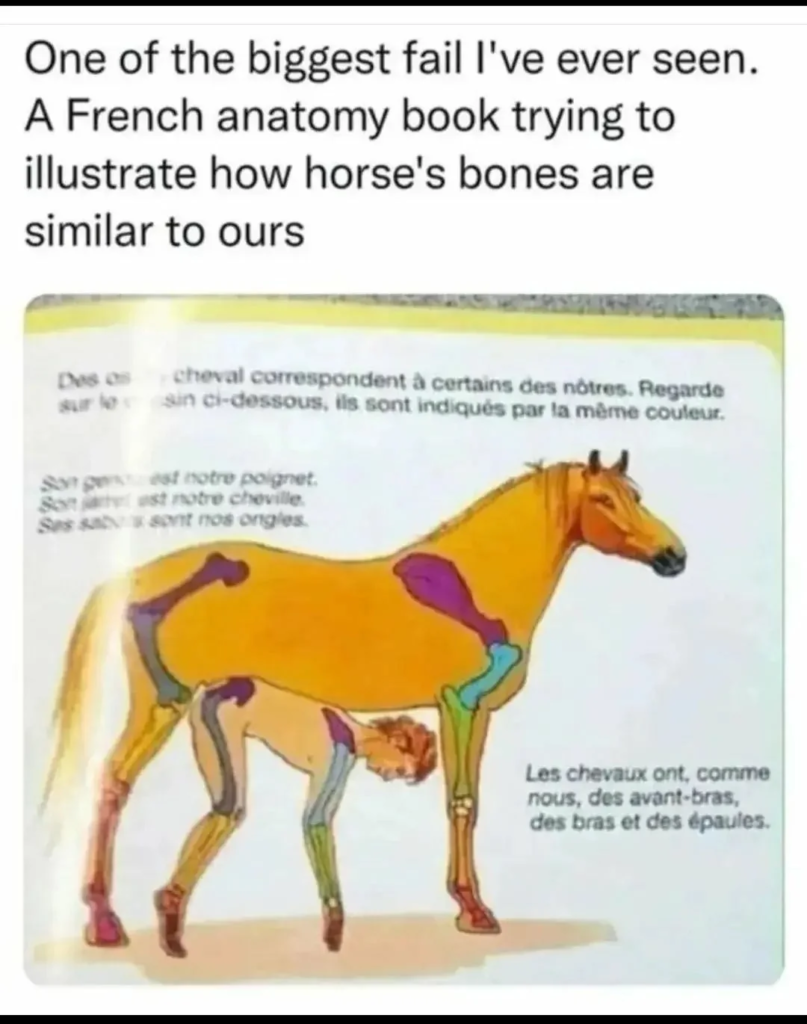
And with that out of the way, let me introduce you to this week’s affiliate program of the week.
TopRanked.io Affiliate Partner Program of the Week — Slotland Affiliates
So, speaking of words that mean one thing but also another, this week’s affiliate program of the week is Slotland.
And that means exactly what you think it does.
Or it doesn’t… depending on how sick in the head you are.

Slotland Affiliates — It’s About Casinos
While NSFW deepfakes of Taylor Swift might be all the rage on the internet right now, that’s not the sort of Slotland that’s gonna make you a lot of money.
But a Slotland Affiliate program that’s all about good old-fashioned slots (of the casino variety) will.
Fortunately, Slotland Affiliates is all about the second variety. And in more ways than one.
First, Slotland is all about casino-variety slots.
Second, Slotland is old-fashioned.
Or at least, it’s old-fashioned for the internet — Slotland Affiliates’ flagship brand, which just so happens to be called Slotland, was founded in 1998.
And since then, it’s picked up a bunch of other brands, including some slightly more modern takes like CryptoSlots and CryptoWins.
All good stuff. Now let’s get to commissions.

Slotland Affiliates — Commissions
Like any good casino program, Slotland Affiliates offers a couple of options when it comes to commissions — Net Revenue, and CPA/Hybrid.
Here’s how that looks for the Net Revenue plan.
| Monthly NGR | 1st-Tier Net Revenue Share | Level |
| $0 – $5,000 | 25% | Bronze |
| $5,001 – $10,000 | 30% | Silver |
| $10,001 – $25,000 | 35% | Gold |
| $25,001 – $50,000 | 40% | Platinum |
| $50,001 – $100,00 | 45% | Titanium |
| $100,000+ | 50% | Diamond |
As for the CPA/Hybrid deals, those you’ll have to negotiate with your Slotland Affiliates manager directly. There, you’ll set up a bunch of stuff, like payout amount and minimum activity requirements.
And then, if you meet those activity requirements, Slotland will pay you.
Now, speaking of payouts, Slotland processes them on the first business day of every month. And you have a bunch of options (all crypto), including BTC, LTC, ETH, etc.
All payments are instant, and the minimum is just $50.

Slot Into Slotland Affiliates Here
Now you’ve got the basic gist of what Slotland is all about (and what it’s not about), here are you options.
- Check out TopRanked.io for our full Slotland Affiliates Review
- Head straight over to Slotland and sign up to become a Slotland affiliate here.
Either way, you can’t lose.

Affiliate News Takeaways — Everything Old Is New Again + All Good Things Must Come to an End
If you’ve been following our weekly Affiliate Digests, you might have noticed I’m pretty bearish on how long the current shape of the internet will survive.
Now, of course, I’m not the only one bearish on the state of things. So, in case you haven’t been following along, here’s a copy-paste from something semi-recent that more or less sums it up:
“A perceived decay in the quality of social media platforms will drive 50% of consumers to abandon or significantly limit their interactions with social media by 2025, according to Gartner, Inc.” [Source: Gartner]
As for why we care about this, here’s another copy-paste from the same Gartner report:
“As the nature of social media use and the experience of the platforms changes, CMOs must refocus their customer acquisition and loyalty retention strategies in response.” [Source: Gartner]
Now, I get it. There aren’t too many “real” CMOs (Chief Marketing Officers) reading this. But remember this, Gartner is just another PwC/McKinsey/etc. And that means, they only know how to speak corporatese.
So let me rephrase the above with a little less corporatese (because it applies to you, too): ‘As people cut back on social media, any marketer who wants to sell stuff will have to come up with new strategies.’
In other words, all good things must come to an end.

And when they do, you gotta find something new.
So what’s that something new?
Well, last week when I wrote about the great enshittification of the internet, the best I could offer you was little more than to say that people will just “fracture off into a variety of online spaces.”
But that’s not that helpful, is it?
So, being unsatisfied with that, I went looking for another idea.
And then it hit me… if “all good things must come to an end,” then maybe another trite platitude might contain the answer.
So how about “everything old is new again”?
Yeah, that might do it.
Everything Old Is New Again
If you look past the hyperventilating “we’re changing the world” Big Tech hyperbole and think about things on a simple, first-principles level, there’s not much on the internet that’s truly groundbreaking.
Instagram was basically just an online camera + photo album.
Uber was basically just an online taxi service.
Amazon was basically just an online bookstore.
Facebook was basically just… an online face book.
You get the point.
Making it big on the internet was all about taking something old, and then making it new again by using algorithms and stuff. That and a nice UI/UX. (Okay, maybe a nice UI/UX is debatable in the case of Amazon…)
But now, we’re kinda running out of things to put on the internet. And that means a lot of recent stuff is basically just rehashes of the same thing. Enter the 9000+ Twitter clones we’ve seen lately, or all the big platforms just copying each others’ features, etc.
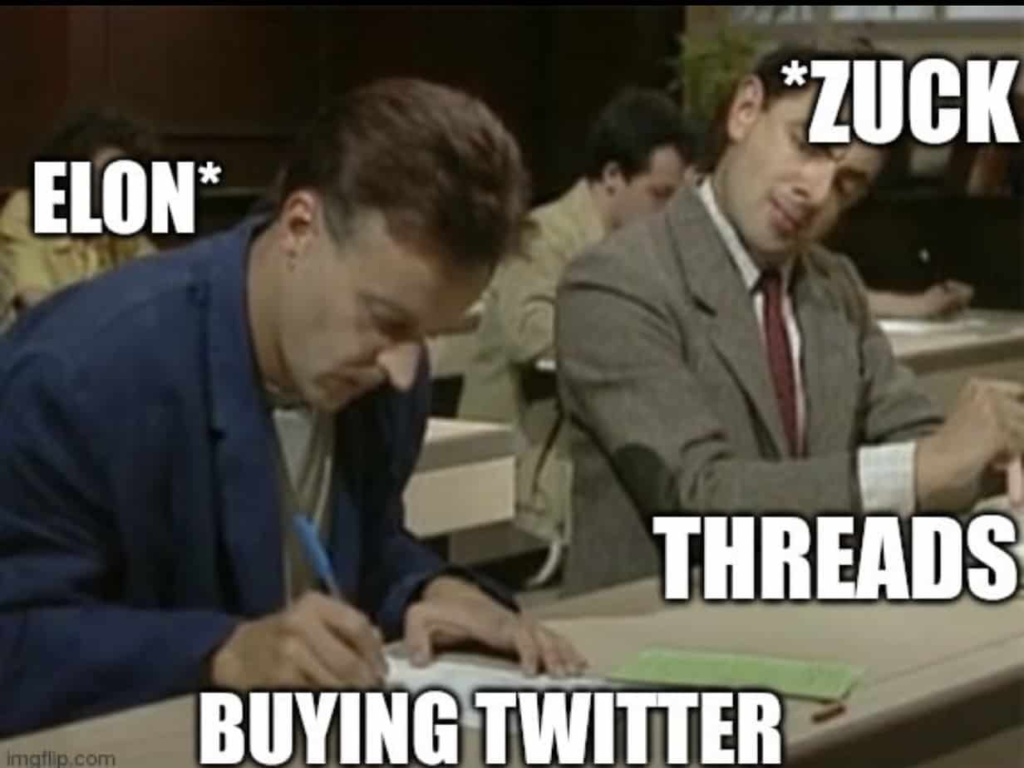
More or less, the most “innovation” we’ve seen lately has been on the “messaging” front. You know, kinda like how BeReal is basically just Instagram… but it’s “real”. Or how Truth Social is basically just Twitter… but with “free speech”.
Again, you get the point.
Now, each of these apps has had some success. But each has also faced some serious limitations.
Take Truth Social, for example. If half the fun of social media was trolling libs, then what fun is Truth Social?
Or how about BeReal? If the only reason the app exists is for people to “be real”, then, again, it kinda excludes half the fun of social media.
And that kinda makes me think the next “big” thing on the internet probably won’t resemble what the current crop of platforms look like.
But that’s not to say it will involve reinventing the wheel.
Instead, there’s a pretty good chance it’ll just be another case of doing something everyone from Big Tech to the fashion industry has done time and time again.
Taking something old, and making it new again.
And Now, Here’s Something Old That’s Ripe to Become New Again
If you’ve been around long enough, there’s a good chance you remember GeoCities.
And if you’re too young to remember, then here’s pretty much everything you need to know about GeoCities.
#1 — GeoCities “democratized” websites. (Which probably partly explains why so much of the early internet looked like this.)

#2 — GeoCities was once the third-most visited site on the internet. (If we can believe Wikipedia… oh, and here’s another GeoCities website… just for fun…)

#3 — GeoCities then died an uneventful death in 2009. (And just in case you still haven’t quite caught on to what GeoCities was… here’s another screenshot…)

Now, as for why it rose and fell, that’s simple.
At its peak, GeoCities was at the forefront of what the new internet was all about — user-generated content… or what we now know as “Web 2.0”. (Some even say it more or less invented it.)
And people loved it.
But as much fun as making a GeoCities site may have been, it had a couple of fatal problems
The first problem was that you still needed the technical skills to hand-code a website from raw HTML.
Either that, or you needed a WYSIWYG website builder. And, in the absence of Wix-y type things, that meant something like Dreamweaver… which was, like, $300 a pop back in 2000… and it wasn’t even that intuitive to use.
Of course, that didn’t stop thousands of people from making their own personal/niche websites.
But then we got to the second problem:
If everyone has a website, how does anyone discover your website?
The best answer to this problem, at the time, was a Webring. That’s basically just a circular link-building scheme — one website links to another, which links to another, until you get back to where you started.

Now, obviously, this wasn’t so great for anything social — do you really want to click around a ring of a thousand personal websites run by your family and friends?
No.
And that’s when social networks came along and solved both problems at once. Now literally anyone could carve out their own little space on the web — no tech skills needed. And the platform would auto-magically surface content for you based on your social connections.
Thus, GeoCitites died. MySpace, and then Facebook, won.
But now the good things — the current crop of social media — are potentially coming to an end, is it time for a GeoCities renaissance?
Maybe.
But not quite.
mmm.page
Yesterday, this article popped up on TechCrunch. It profiles a new platform named mmm.page, created by some anonymous person going by the name XH.
Now, pinning down mmm.page is supposedly pretty hard. XH describes it as “Tumblr x Animal Crossing x Mii Plaza.” The TechCrunch writer said “MySpace meets Linktree, except not really.”
But I’m going to say it’s a heck of a lot closer to GeoCities… but with way better UI/UX.
But don’t take TechCrunch’s, XH’s, or my word for it. Go here, and click edit in the bottom right-hand corner.
Now you get the feel, here are the bits about mmm.page that caught my attention.
First, there’s a bit from the TechCrunch article about how mmm.page has already attracted “over 50,000 [users] without any venture funding or advertising.”
And then there’s this:
“There’s not much in the way of discovery or social features on mmm.page yet, but XH says this is something they want to build out soon, now that the bare bones are laid down.”
Now, if you cast your mind back to before, I theorized the “making it big on the internet was all about taking something old, and then making it new again by using algorithms and stuff. That and a nice UI/UX.”
And that’s kinda where mmm.page is headed.
It’s taking something old (GeoCities), and will soon be making it new again with algorithms and stuff.
And it’s already sorted the nice UI/UX.
Now, as for when the discovery algorithms will arrive, who knows? XH has said they refuse to take venture funding so they “never have to work against weird incentives.” So don’t expect anything to appear overnight.
But, I’d also be watching this space closely.
50k users signing up for a beta-stage product off the back of zero advertising is not nothing. And that kinda suggests that, if this thing’s going to have any steam, it could take off kinda quick.
Here’s Why Something Like mmm.page Could Be a Sign of Where We’re Headed
One of the key findings in the Gartner survey I quoted from before was that “over 7 in 10 consumers agree that greater integration of GenAI into social media will harm user experience.”
That kinda makes me think that a big part of what the future of social will look like will include users “shielding” themselves from AI. This might mean two things:
- Content forms that AI has trouble replicating.
- Platforms that are harder to spam with AI.
Currently, none of the social platforms we have meet either of these criteria.
The only user-generated content is text/audio/video — all stuff that AI’s getting freakishly good at.
And the only barrier to publishing that content is the ability to copy-paste text into a box, or to upload a video.
But if publishing your own content now means integrating multiple forms of content (video, text, etc.) into a web page in a coherent manner, current AI is gonna struggle.
And then it’s gonna fall flat on its face if you ask it to interact with a WYSIWYG interface to present that content.
Now, sure. That’s not to say anything like mmm.page can ever act as a true shield against AI. I can, after all, use AI at every step of the way, such as designing the aesthetic of my mmm.page.

But something like mmm.page does at least increase the likelihood that there’s a heavy involvement of a “human in the loop.”
And that might be just enough for 90% of the 7 in 10 users who think AI’s gonna ruin social media.
Takeaway
Finding the next big thing in social media has been something a lot of people had given up on a while back. But we’re also reaching a point where the next big thing is fast becoming overdue — everything from the data in consumer surveys to the general “vibe” is saying so.
And that means now’s probably a pretty good time to start looking around at what new things are popping up. And when you see something new, at least come up with a few ideas about how you’ll jump on it if it takes off.
Now, obviously, there’s no guarantee any of this stuff will stick. But if it does, things move fast on the internet.
And, in the meantime, why not experiment with what’s out there?
For example, here’s one kids mmm.page.
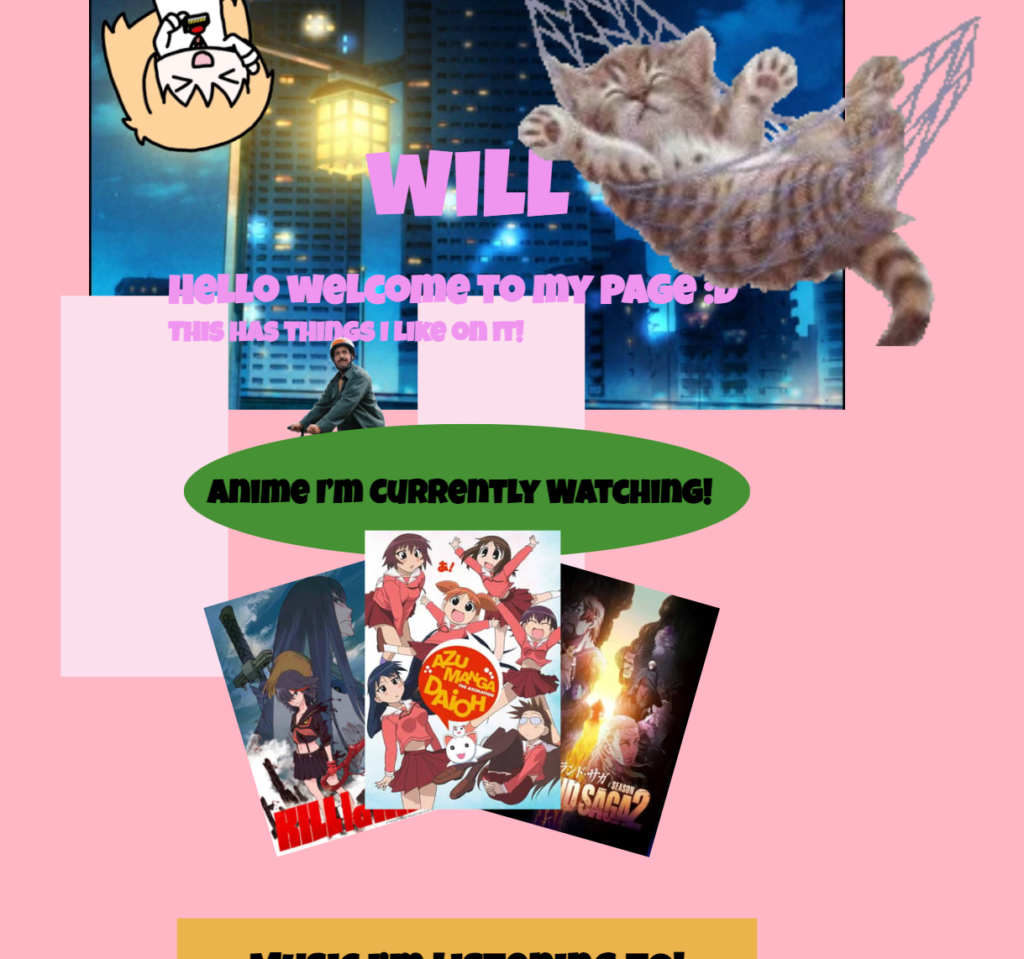
And here’s another.
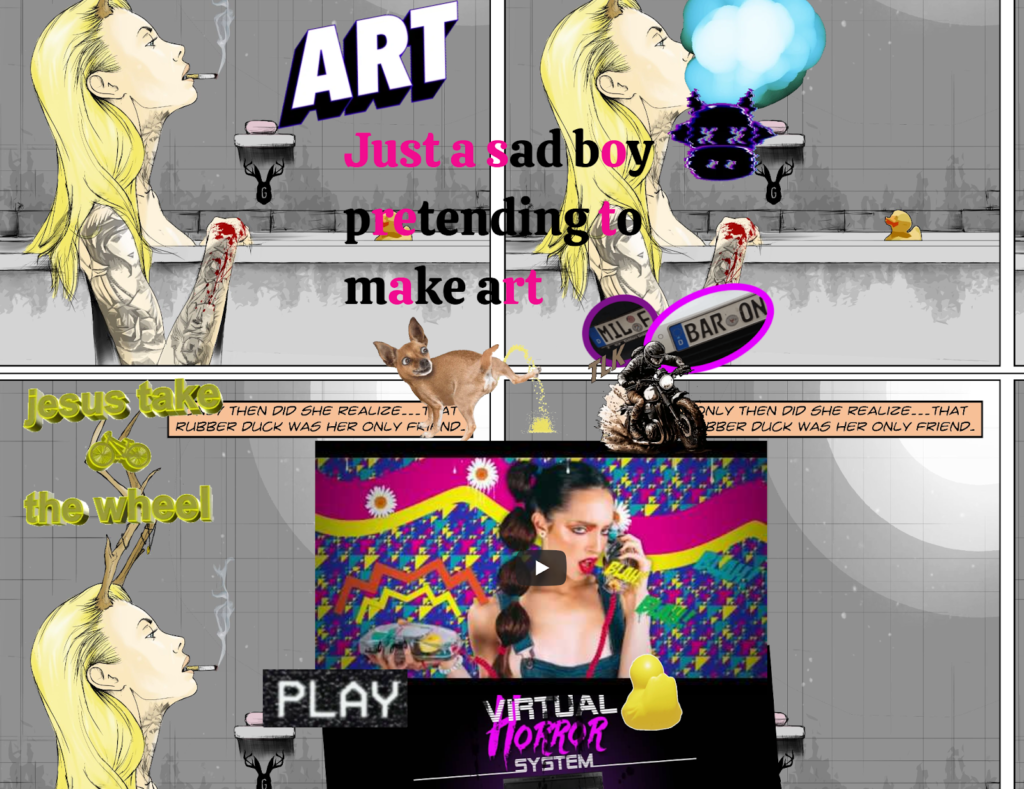
And that makes me think, even if the discovery/algo stuff is a while off, there are at least some cool landing pages you can make here.
I mean, at the very least, a jarring, unexpected aesthetic could be just what you need to pull people out of autopilot and into the content of your page.
Plus, this sort of early-internet aesthetic is kinda fun.
And casinos are kinda fun, too.
Match made in heaven, right?
So why not throw up a few fun Slotland landing pages?
Then go and promote them using the old methods.
And wow the people with your fun landing pages.
Then rake in big bucks with your Slotland Affiliates commissions.

And if mmm.page does take off, then you’ve already got some idea about how it works. #firstmoveradvantage
Closing Thought
As some of you might know, the life hackers here at TopRanked.io sorta like James Clear (author of Atomic Habits).
Lots of good advice to be found.
Like this week, when he posted:
“Frankly, the most valuable items in our house might be a squat rack, a bench, and a set of weights. I thought I was purchasing gym equipment, but I was actually buying peace of mind.”
Now, that’s kinda cryptic, right?
What does he mean by peace of mind?
Does he have peace of mind because exercise lowers the risk of a bunch of diseases?
Does he have peace of mind because it makes you look good?
Does he have peace of mind because it’s the time of the day when he gets to empty his head and focus all his attention on one thing?
Does he have peace of mind because of the feel-good endorphin rush it releases afterwards?
Or does he just mean that he has peace of mind that he can now workout whenever he wants?

Who knows.
What I do know is that all of that stuff is true.
And I also know a lot of that stuff doesn’t just apply to physical activity.
For example, did you know that exercising your mind can help you fight dementia, make you look good (in debates), focus your mind on one thing, and even give you an endorphin rush?
Again, all true.
Long story short, pushing yourself (both body and mind) is something we should all do more of.
But I also know James is a fan of “atomic habits” — small changes that build into big changes.
So here’s an idea for the week ahead.
If you’re not already, start exercising. Go for a walk. Do 10 push-ups every time you finish sending an email. Do squats while you’re sitting on the toilet checking your socials.
Who cares. Just do something.
Then, once it’s a habit, push yourself a bit further.
And as for the mental part, set yourself a challenge. For example, head over to the best affiliate program directory (yes, it’s TopRanked.io) and pick 12 programs.
Then commit to creating a small campaign each month to test something new out.
Again, make it simple and achievable. Worry about the pushing yourself part once it’s a habit.
As for what that could look like, remember the last idea about Slotland?
Go make crazy landing pages.
Stick Slotland links on them.
And when you’re done, you will have not only exercised your mind with something new… you might also have set yourself up for some nice Slotland Affiliates commissions, too.

__
(Featured image by SevenStorm JUHASZIMRUS via Pexels)
DISCLAIMER: This article was written by a third party contributor and does not reflect the opinion of Born2Invest, its management, staff or its associates. Please review our disclaimer for more information.
This article may include forward-looking statements. These forward-looking statements generally are identified by the words “believe,” “project,” “estimate,” “become,” “plan,” “will,” and similar expressions. These forward-looking statements involve known and unknown risks as well as uncertainties, including those discussed in the following cautionary statements and elsewhere in this article and on this site. Although the Company may believe that its expectations are based on reasonable assumptions, the actual results that the Company may achieve may differ materially from any forward-looking statements, which reflect the opinions of the management of the Company only as of the date hereof. Additionally, please make sure to read these important disclosures.

-

 Crowdfunding1 week ago
Crowdfunding1 week agoSavwa Wins Global Design Awards and Launches Water-Saving Carafe on Kickstarter
-

 Biotech2 weeks ago
Biotech2 weeks agoAsebio 2024: Driving Biotechnology as a Pillar of Spain and Europe’s Strategic Future
-

 Business3 days ago
Business3 days agoDow Jones Nears New High as Historic Signals Flash Caution
-

 Business2 weeks ago
Business2 weeks agoFed Holds Interest Rates Steady Amid Solid Economic Indicators















